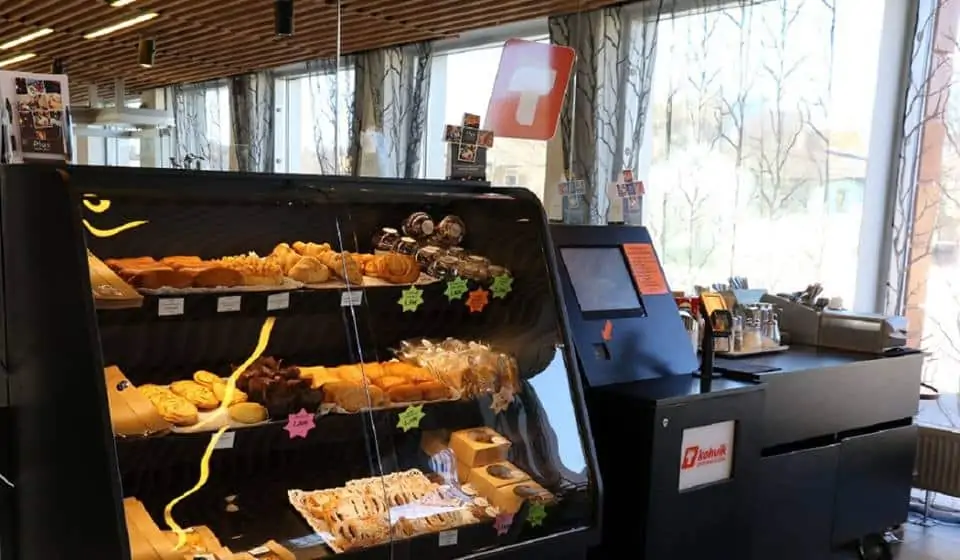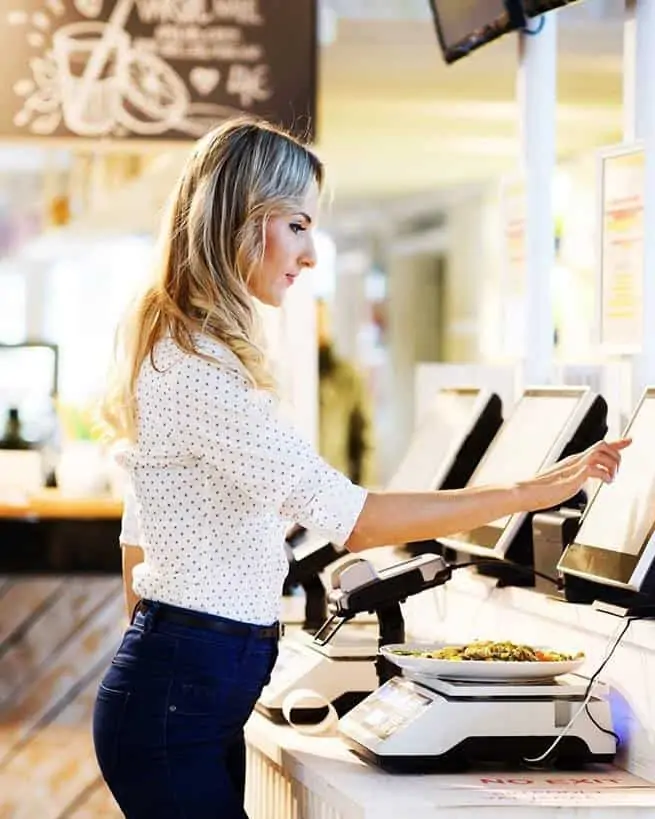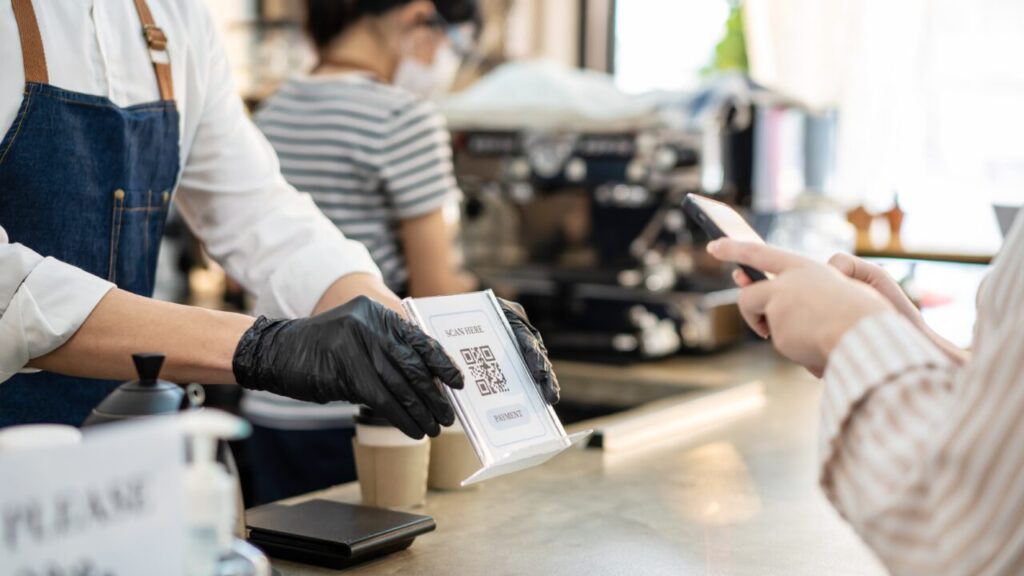EU & Dubai businesses turn to self-service kiosks
By the end of 2019, every McDonald’s restaurant in New York will have self-service kiosks in its dining room.
Kiosks empower customers to place their orders via touch screens located at the front of each store, then have their food order brought to their table by a restaurant employee. The kiosks have already been installed in some locations, and all McDonald’s restaurants in the country will eventually make the switch.
Self-service is a growing global trend towards automation at stores and restaurants, motivated by more tech-savvy consumers, less expensive and easier-to-implement technology and the rising costs of unskilled human labour.
Already in the EU, nearly 45% of McDonald’s restaurants now have self-service kiosks installed.

What are self-service kiosks?
Self-service kiosks use touch-screen technology and meant to speed up the ordering process and provide people more control over customising their food orders, whilst reducing opportunities for human error.
Self-service restaurant pos systems help boost restaurant sales, in part because they help increase restaurant efficiency. Adding self-service kiosks won’t result in reducing staff levels. Instead, restaurants can move staff to other parts of the business like table service or streamlining food preparation.
Why are businesses installing self-service software?
Despite initial scepticism, the move to self-service and automation is not about lowering labour costs. Self-service kiosks are not about reducing customer contact, but actually increasing it. Today’s tech-savvy customers want to customise their orders.
Rather than taking the orders, staff can then spend more time on customer service, to ensure their customers are happier within their restaurant or business by interacting with them more.
It’s evident that automation is increasing in the food and retail industries. It began years ago with self-service checkouts at supermarkets, and it has grown as technology costs have significantly dropped and automated kiosks have become more natural to use.
Moreover, it’s not just restaurants that are embracing the new technology. Amazon Go is testing an cashier-less approach in Oxford Circus, London that lets customers select items and walk out without paying. It uses computer vision, sensors and other technology to detect when products are taken or returned from shelves, then charges them to the shopper’s Amazon account.
Within Estonia, cafes have installed software that allows a customer to scan their item’s barcodes with a scanner and then pay at a self-service kiosk at the check out without having to scan each and every product again. Catering companies and cafes in Estonia that use self-service POS software, CompuCash, include cafes in Tallinn Central Bus Station and Reval Café coffee corner in the Swedbank office building, a leading European bank.
How the self-service kiosk increases profitability for businesses
Research shows businesses that install self-service terminals benefit in other ways, not only decreasing labour costs. Where self-service machines have been introduced, customers ordered more food, spent more money on products and were more likely to purchase additional items than they were with human cashiers.
Ten years ago, such mass-implementation of self-service machines would probably not be possible. Today’s millennial consumers, with their affinity for technology and their preference for convenience, have hastened the shift and want more options.
Indeed, the self-service kiosks touch on every prominent preference of the millennial shopper. They compliment their tech-savvy lifestyle; preferring the sense of control technology provides them, allowing them to customise and place their orders at their own pace, without the risk of outside human error or even communicating with others. Millennials love app (and anti-social) technology. Simply put, they want a simplified process without the requirement of conversing with others.
For those who loathe new technology, there are still human employees willing to support them at the counter!

Self-service terminals in the UA
This global trend is reaching the UAE, Dubai in particular.
Banks are one such sector that is pioneering self-service kiosk use. From mobile top-ups, paying bills, opening a bank account, renewing licences, remitting money abroad, even buying pizza for friends!
So why have kiosks gained so much attention in Dubai?
“Kiosks are here to help make life easier for residents, not just locally but globally too. We see the change at the individual, business and governmental levels” says Ingrid Dabbas, from CompuCash.
Dabbas goes on to explain: “Banks are now interested in setting up more self-service machines in the UAE rather than opening bank branches. In the retail and hospitality industries, several restaurants are automating the order-taking process by introducing self-service kiosks for customers to place their orders, even watching their orders being prepared in the kitchen.”
Self-service kiosks offer convenience and benefits that help businesses grow, CompuCash’s self-service solutions are making it so much easier to increase customer satisfaction and reduce costs across the UAE.
Words: David Bailey-Lauring

